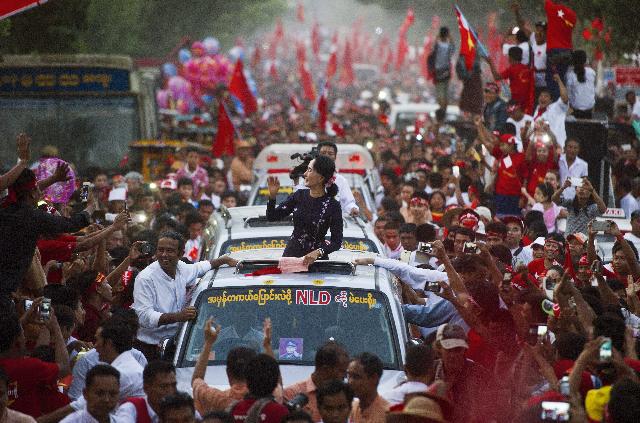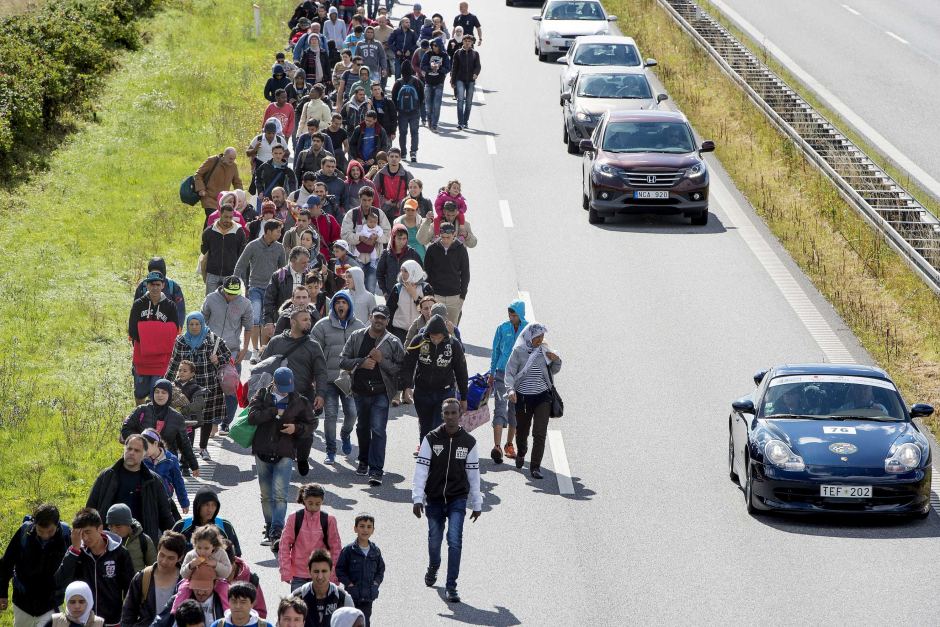If you have had a social media presence in the last two years, then you are aware of its drastic and dramatic incline towards social justice. You have witnessed a historical change in the way that news is reported and spread through communities. This generation is living through and expanding on what we now refer to as “comment culture.” Comment culture refers to the instantaneous and rapid feedback submitted by individuals across the world that we are now able to access through social media. In no other time in history has there been such a wide conversation between producers and consumers, artists and fans, politicians and voters. Comment culture enables anyone who has access to the Internet to share their opinions on subjects, whether they hold a certain level of professionalism or education in that field or not.
Undoubtedly this is a powerful movement; it is giving people a platform that never before existed and allowing them to project their thoughts into this massive space that they share with and coexist alongside thousands of other people. We have especially seen the effects of advocacy and awareness through the Internet these past two years, specifically through the Black Lives Matter movement. Twitter and Facebook began doing what news agencies and journalists were failing to do and this began blurring the line between professional journalism and 140 character tweets. Black activists began using these platforms as a part of their advocacy, sharing everything from news updates to educational prompts while generating huge following counts. Police brutality was brought into the spotlight and the general public was astounded by the discovery that racial tensions in America were so high that unarmed black men and women were being executed by the police on a weekly basis. We became familiar with the names of the victims and we chanted them: Sandra Bland, Michael Brown, Eric Garner, Tamir Rice. The list is long, heavy and heartbreaking but it was important for us to know of it and social media allowed for that to happen.
Social media has transformed into an incredibly adaptable platform, sharing its stage with racial equality activists, feminists and everything in between. It is doing the opposite of silencing people and during the March of 2015, when Farkhunda, an Afghan woman, was violently murdered by a mob of men, social media made her famous. Her death incited the biggest and widest rage towards the violence and misogyny that is present within Afghan culture. She was received and pronounced as a martyr not only in Afghan media but also on western platforms. This was able to happen because a bystander had filmed the video and uploaded it on to Facebook. People were angry; especially Afghan women and they collectively demanded justice. At Farkhunda’s funeral, women carried the procession, an act that is practically forbidden within the culture. Men were shamed and pushed to the sidelines, an incredibly brave and gendered response within a violent society. These sets of reactions were able to happen because women felt enraged and through Facebook they were able to create a community with other Afghan women. Farkhunda’s death marked a revolutionary response to violence against women in Afghanistan because although the topic is recurrent and frequent in the country, never have women stood against it collectively with torches and voices raised.
The dark side to this platform and its virtual wild fires is that it also possesses an exploitative quality. Specifically, I am referring to the graphic images and videos of lifeless brown and black bodies that become instantaneously viral on Facebook and Twitter. These graphic images have become more accessible to the public through social media and they circulate independently on online platforms, allowing people to attach their own personal narratives to it. This form of consumption, one that is devoid of context and explicitly serves as a form of gratification, dehumanizes the subjects presented. Although photojournalism explores these inhumane conditions and introduces them in their naked form to the masses, it also perpetuates the injustice through its exploitation of brown and black bodies. The circulation of these images without a cohesive framework leaves the subjects vulnerable and it desensitizes the masses to graphic images of coloured bodies.
Sharing images of dead bodies and adding to a thread of similar comments seems to be satisfying the general publics moral need to do something but we should be collectively more vigilant in the ways we seek advocacy and ensuring that those methods are not destructive.
I am using Facebook to reach out to you, whomever you are reading this. I wouldn’t have found you any other way and for this reason I am thankful for this platform. It is connecting us in more ways than one and giving us what we need to know. We are the emerging journalists and activists and we are changing the ways we seek for advocacy in human rights. We are loud and aggressive online and offline and that is something no other generation can say. Become intimate with these platforms but also give yourself a considerable distance so that you recognize its destructive qualities. Understand the difference between trained journalists and the mass amount of online commentators, and study the ethics of their work. I pray that on your journey of raising online advocacy, you apply what you learn from them in the most intrinsic and human aspects of your work.




